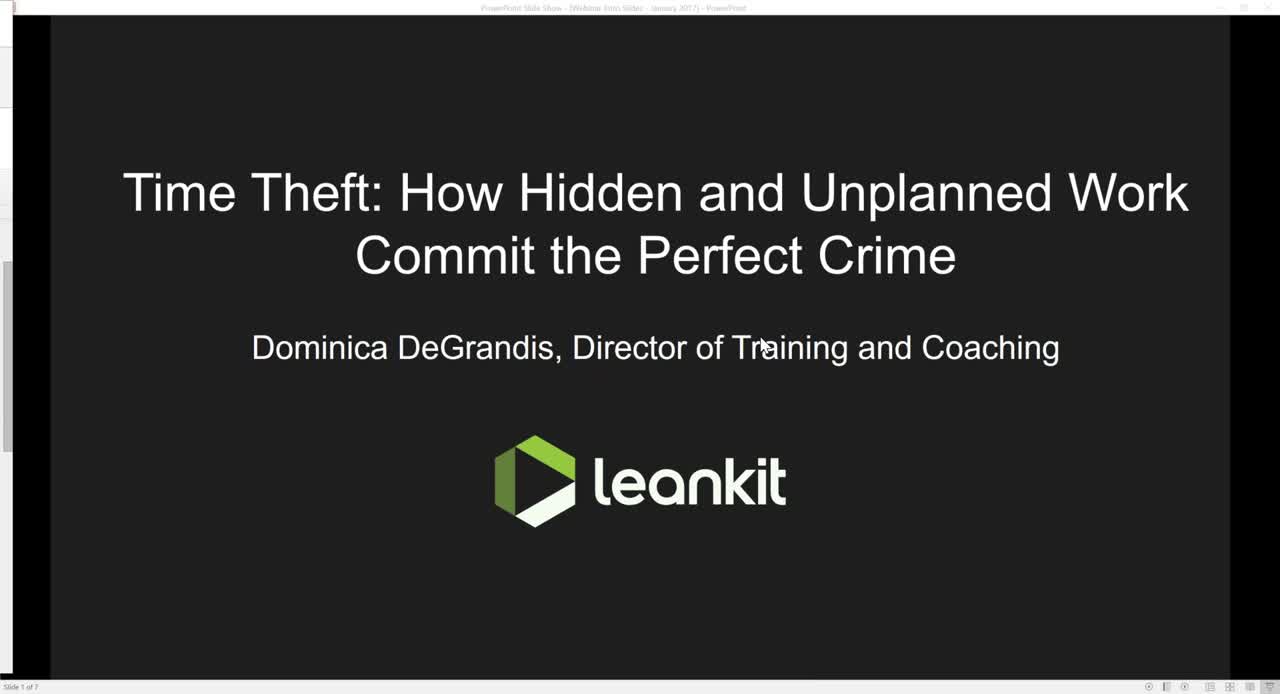
How many times have you finished a long day at work, exhausted, yet unable to cross anything off your list of high-priority to-dos? You feel robbed. Where did all your time go? Unfortunately, you feel this way more days than not. What’s going on? You’re likely falling victim to the biggest culprits of time theft: hidden and unplanned work.
Hidden and unplanned work aren’t clearly evident in our performance metrics, so they’re difficult to analyze. Their impact, however, is great: Hidden and unplanned work stall and block important priorities and mask dependencies. As more and more work is delivered and started late, risk accumulates across your system. This risk breeds more risk, in the form of neglected work, unknown dependencies, conflicting priorities and too much WIP. This risk can seriously jeopardize your organization’s ability to deliver predictably.
There will always be unplanned work — so we have to learn how to plan for it. So the question becomes: How do we plan for the work we cannot see?
Planning for the Unplanned
The solution is to put conditions in place that allow unplanned work to be seen and measured — particularly high-risk work involving far-reaching decisions. This talk shows you how to do just that.
In this webinar, you’ll learn how to put conditions in place that enable hidden and unplanned work to be seen and measured. Watch this video to learn how to:
- Identify the 5 time thieves that stall or block important priorities and mask dependencies
- Implement countermeasures to make unplanned or hidden work visible
- Measure and track issues that are stealing time out of your value stream
Titta på inspelningen
Hidden and unplanned work are smooth criminals, disguised as productivity, when in actuality, they compete with known work and delay important priorities. But the work still has to get done — learn how to get the visibility you need to keep work flowing and make the most of your time in 2017.
View the slide deck here.



![En global plan för hantering av samarbetsarbete [Video]](https://blog.planview.com/se/wp-content/uploads/2019/07/A-Global-Collaborative-Work-management-blueprint.png)

